-
Membership
Membership
Anyone with an interest in the history of the built environment is welcome to join the Society of Architectural Historians -
Conferences
Conferences
SAH Annual International Conferences bring members together for scholarly exchange and networking -
Publications
Publications
Through print and digital publications, SAH documents the history of the built environment and disseminates scholarship -
Programs
Programs
SAH promotes meaningful engagement with the history of the built environment through its programs -
Jobs & Opportunities
Jobs & Opportunities
SAH provides resources, fellowships, and grants to help further your career and professional life -
Support
Support
We invite you to support the educational mission of SAH by making a gift, becoming a member, or volunteering -
About
About
SAH promotes the study, interpretation, and conservation of the built environment worldwide for the benefit of all
Cuba: Day 1 - Havana
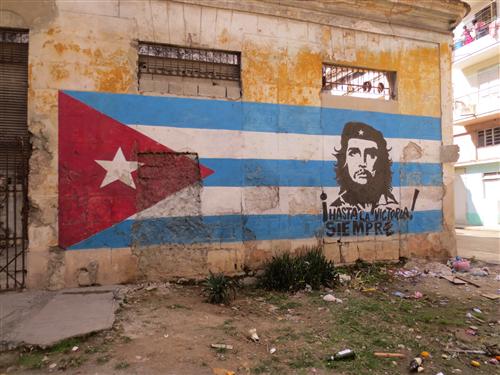 No sooner had the plane finished its short ascent that it started to descend, swooping in along the northern coast of Cuba and a little bit to the west of Havana for our landing at José Martí International Airport in the afternoon. We exited the airport and were greeted by Osmin Rivero Soto, our ever-smiling Cuban guide from a state tourism agency who was to accompany us throughout the trip. We boarded the bus and immediately started our adventure and Osmin gave us some important information as we drove into the city, not to our hotel, but to Castillo de Los Tres Reyes del Morro. Commonly referred to simply as el Morro, this military fortification, started in the 16th century, is located on the opposite side of the bay from the main city center. There we took in views of Havana extending from Old Havana out west as far as the neighborhood of Miramar, on the far side of the Almendares River.
No sooner had the plane finished its short ascent that it started to descend, swooping in along the northern coast of Cuba and a little bit to the west of Havana for our landing at José Martí International Airport in the afternoon. We exited the airport and were greeted by Osmin Rivero Soto, our ever-smiling Cuban guide from a state tourism agency who was to accompany us throughout the trip. We boarded the bus and immediately started our adventure and Osmin gave us some important information as we drove into the city, not to our hotel, but to Castillo de Los Tres Reyes del Morro. Commonly referred to simply as el Morro, this military fortification, started in the 16th century, is located on the opposite side of the bay from the main city center. There we took in views of Havana extending from Old Havana out west as far as the neighborhood of Miramar, on the far side of the Almendares River.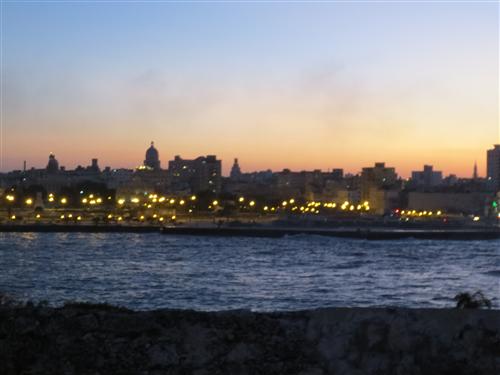
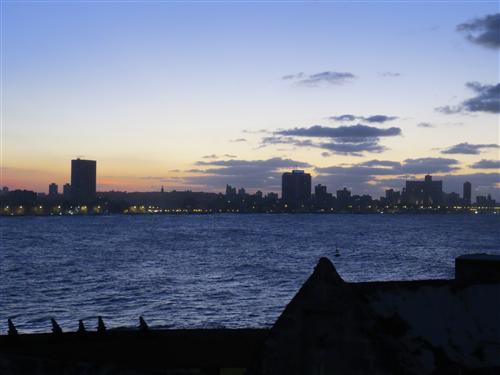
We piled back in the bus, which was to be navigated throughout the trip by our chofer Roberto, and made our way to check-in to what would be our home base in Havana, the Hotel Nacional. Designed by McKim, Mead and White, the Nacional has been one of Havana’s grandest tourist hotels since it opened in 1930. After a quick check-in we reconvened to enjoy a group dinner at one of the near by paladares—private, family-run restaurants that have been allowed in Cuba since the onset of the economic crisis after the fall of the Soviet Union, referred to as the Special Period.
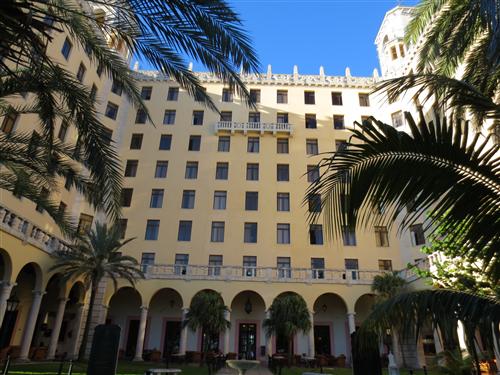
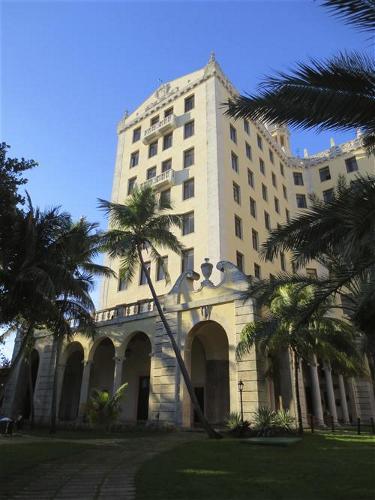
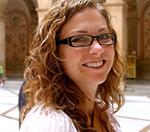 Erica Morawski, Ph.D. Candidate, University of Illinois - Chicago
Erica Morawski, Ph.D. Candidate, University of Illinois - Chicago Erica N. Morawski is a Ph.D. candidate in art History at the University of Illinois – Chicago. She received a BA in art history at Tulane University and MA in Art History at the University of Texas at Austin. She is currently completing a dissertation entitled, “Designing Destinations: Hotel Architecture, Urbanism, and American Tourism in Puerto Rico and Cuba.” This work investigates the role of hotels in shaping understandings of national identity, which in turn shaped international relationships, through an approach that systematically ties object and image analysis with social, political, and economic histories. Her work argues that these hotels functioned, and continue to function, like diplomatic cultural attachés—their design shaped politics on the islands, and played a decisive role in shaping past and current international relations.



Leave a commentOrder by
Newest on top Oldest on top